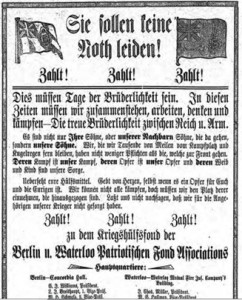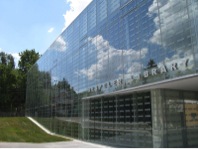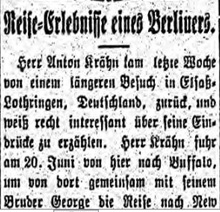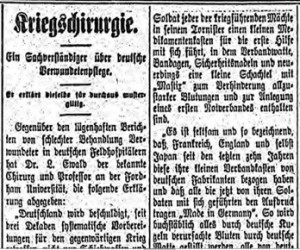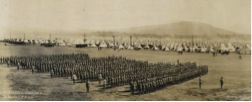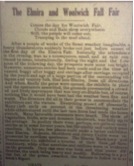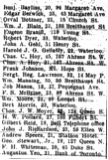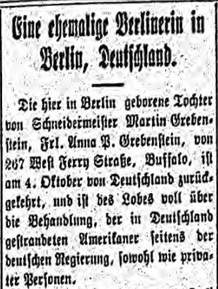On October 7 1914 an advertisement in the Berliner Journal was published for the Canadian government encouraging donations to the Canadian Patriotic Fund which supported the families of soldiers. Since the city of Berlin had not provided many men to fight, its residents tried to raise large amounts of money for the Patriotic fund to show their loyalty to Canada (Löchte, Anne. Das Berliner Journal 1859-1918. Eine deutschsprachige Zeitung in Kanada. Göttingen: V&R unipress 2007. Print. P. 167). After Waterloo, Berlin collected the largest amount in Canada (Löchte, Anne. Das Berliner Journal 1859-1918. Eine deutschsprachige Zeitung in Kanada. Göttingen: V&R unipress 2007. Print. P. 171).
(„Sie sollen keine Noth leiden“, Berliner Journal, 7 October 1914; Löchte, Anne. Das Berliner Journal 1859-1918. Eine deutschsprachige Zeitung in Kanada. Göttingen: V&R unipress 2007. Print. P. 167/171; English, John and McLaughlin, Kenneth. Kitchener: An illustrated history. Toronto: Robin Brass, 1996. Print. P. 118)
